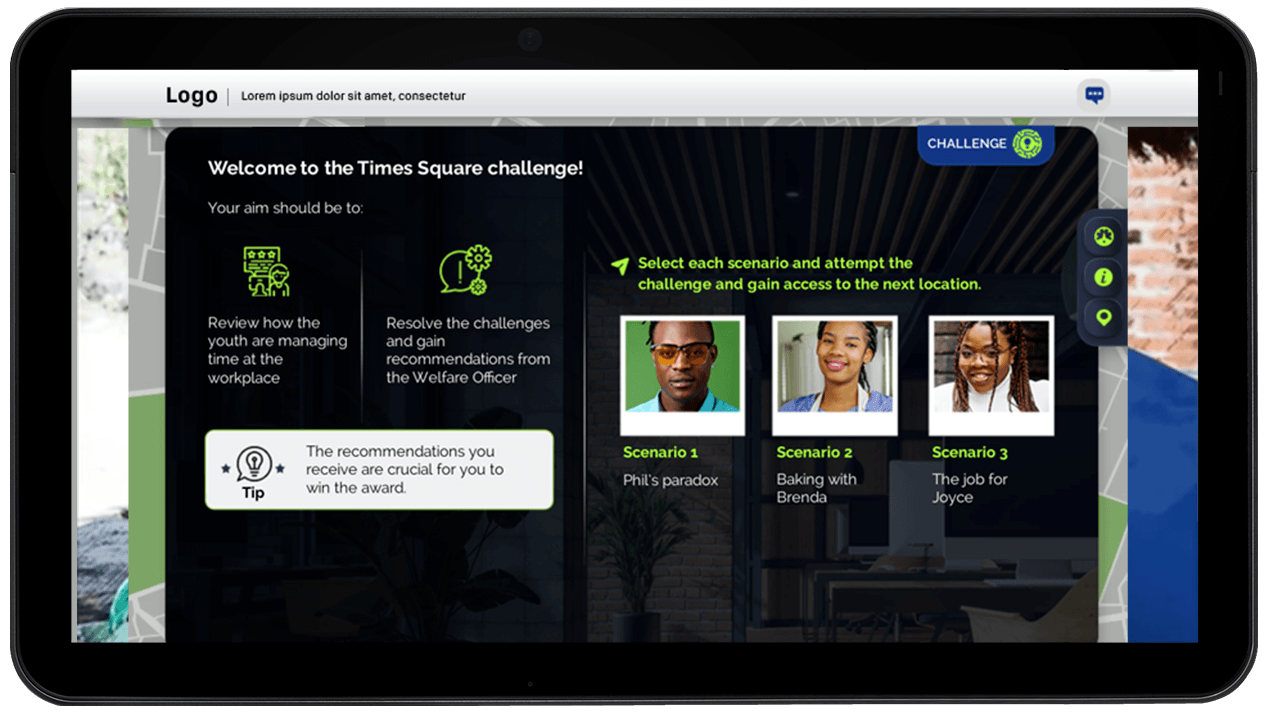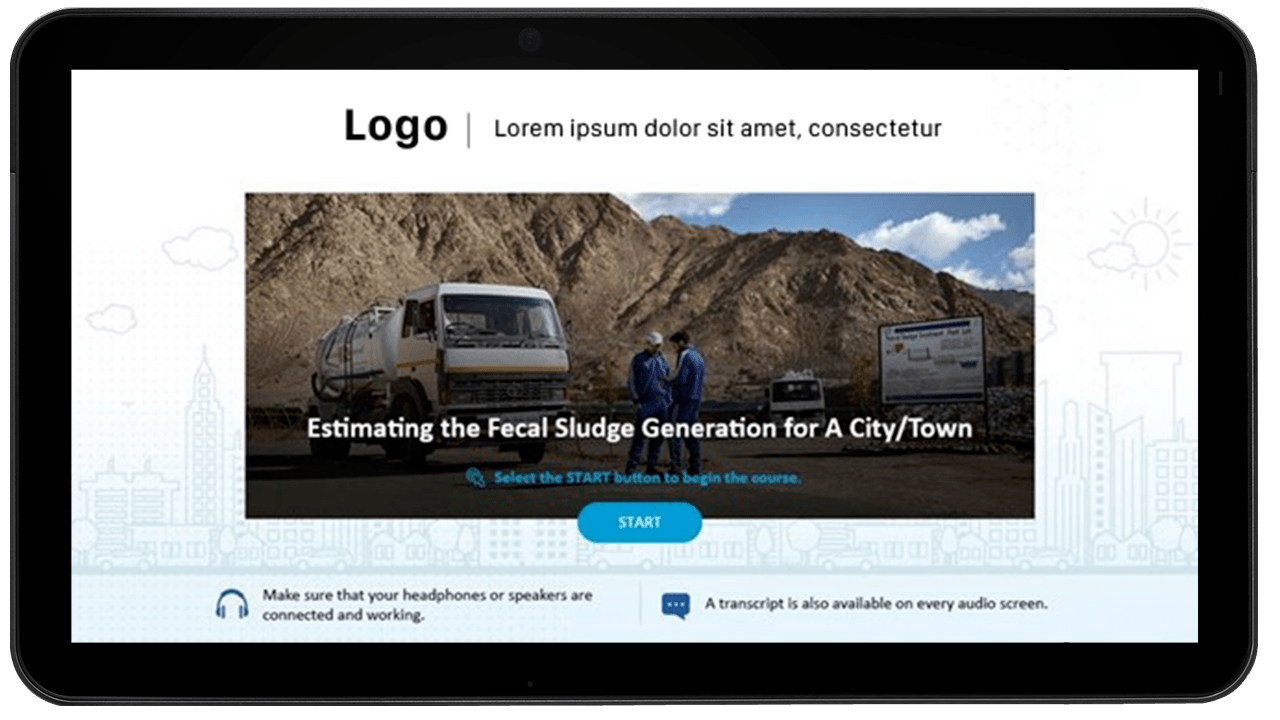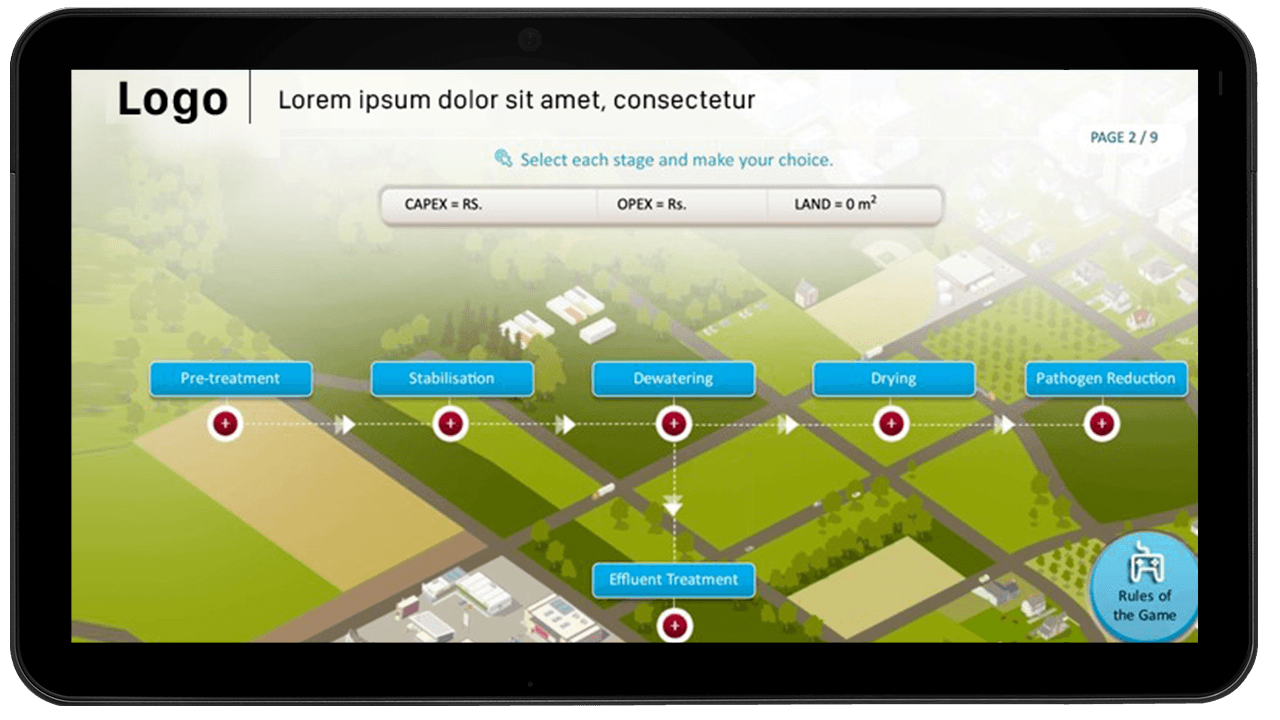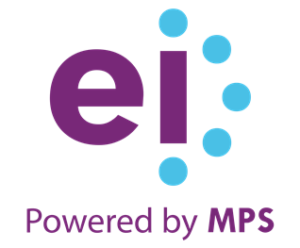Innovations And Strategies For Enhanced Adult Education
Traditional Instructional Design (ID) models, such as ADDIE and the Dick and Carey model, endorsed systematic learning development for more structured content creation. However, with the advent of technology, Instructional Design has become more learner-centric, with a greater focus on personalized learning paths and adaptive adult learning experiences. Because of evolving skill requirements, flexible learning approaches are better positioned to deliver customized training for learners with diverse backgrounds, skills, and learning preferences. Integrating advanced Instructional Design with technology-driven tools helps create adaptive and personalized adult learning solutions and equips the workforce with the relevant skills needed to thrive in an evolving workplace.
The Evolution Of Instructional Design
From traditional, linear models to a more technology-driven and learner-centric design approach, Instructional Design has progressed substantially in its evolution.
Historical Perspective On Traditional Instructional Design Models
Behaviorism, a 20th-century psychological theory, influenced the early Instructional Design principles. Behaviorist principles were the key guiding force behind systematic Instructional Design models like the behaviorist model. This model emphasized clearly defining the learning objectives and creating instructional content to produce desired learner behaviors through reinforcement.
Over time, the limitations of behaviorism in addressing complex cognitive processes led to the evolution of Instructional Design that was more perceptive and learner-centric.
Technological advancements, including Artificial Intelligence (AI), Augmented Reality (AR), Virtual Reality (VR), and other innovations, have reshaped Instructional Design methodologies to make adult learning more personalized, interactive, and adaptive.
Transition To Learner-Centered Approaches And The Importance Of Adaptability
Cognitive and learner-centric approaches recognize the importance of learners' mental processes such as problem solving, information processing, collaboration, and skill application, and enable closer alignment with practical work situations.
To meet the evolving needs of a dynamic workplace, Instructional Design has also transformed from a rigid, one-size-fits-all model to a more adaptive approach that emphasizes personalization, greater learner engagement, and instant feedback.
Here is a case study that highlights this concept.
Background
A nonprofit organization in Kenya needed to create an impactful program to train youth on essential life skills, fostering employability and enhancing their standing in society. The instructional approach in the current training program followed a traditional method that lacked engagement and relevance for the audience profile. The audience primarily originated from lower economic backgrounds and had limited familiarity with training or learning overall. Hence, the effectiveness of the program was poor.
Solution
We at EI partnered closely with the stakeholders to understand the background of the audience and the intended outcome. Our learning consultants created a customized learning journey that involved the learner persona as the primary protagonist to drive the learning. A story-driven fully gamified learning was created with relatable characters to bring in connection, relatability, and engagement.
Impact
This shift from a traditional learning model to a learner-centric instructional approach saw significant results:
- An impressive 84% completion rate from different branches across the country. A record high considering 2–3% completion earlier on similar programs.
- A notable 92% of learners felt the eLearning model was good, citing its flexibility in terms of time and pace while emphasizing its relatability.
The solution was awarded Best Advance in Social Impact Innovation by the prestigious Brandon Hall Group.


Integrating Advanced ID Practices In Technology Solutions
Technology solutions such as data-driven insights, Artificial Intelligence, and interactivity are key in creating personalized adult learning experiences and enhancing learner engagement.
Definition And Components Of Advanced Instructional Design
Advanced Instructional Design principles include learning by doing, learning in the flow of work, and training simulations, which help improve learning, comprehension, and knowledge retention.
Incorporating technology as an integral component of Instructional Design enriches the learning experience through interactive content, adaptive assessments, and instant personalized feedback.
A combination of proven adult learning practices, the latest technologies, and pedagogical trends can balance innovation and create an instructional framework that delivers superior learning outcomes.
Synergy Between Strong ID And Technology
Besides making learning interactive and engaging, technology can help create personalized learning paths and make adult learning accessible to a wider range of learners.
Integrating technology into Instructional Design can be useful in driving engagement and improving knowledge retention. For example, simulations and multimedia elements enhance engagement and knowledge retention, gamification makes learning enjoyable, VR simulations create hands-on experiences, and AR overlays digital information onto real-world scenarios. Technology-driven adaptive systems personalize content based on learner performance, bite-sized microlearning content facilitates on-the-go learning, and social learning enables collaboration and knowledge sharing.
The following case study is an interesting example of how Instructional Design with technology created an unthinkable breakthrough.
Background
One of the largest intergovernmental foundations needed to create a change transformation training on sanitation management for government employees across different locations in the country. The challenge was two-fold: equipping employees with practical strategies and maintaining consistency in the mass-scale training program.
Solution
Collaborating with experts in both instructional and technology domains, EI's team devised a comprehensive solution. They seamlessly integrated gamification with scenario-based learning, delivered through a custom learning portal. The gamification involved actual simulations of what employees would need to do in their workplace situations. This ensured unlimited yet consistent practice for learners across different locations in the country. The objective was to make learning relatable yet engaging for learners who were unfamiliar with digital learning.
Impact
The initial rollout witnessed an impressive completion rate of over 67%, marking a notable 25% increase compared to previous years. This was particularly significant given the historical challenge faced by the organization. Moreover, there was a phenomenal 100% pass on execution and assessment.
The solution was awarded Best Learning Program Supporting a Change Strategy by the prestigious Brandon Hall Group.


Designing For Workforce Enablement: Practical Strategies
Designing for workforce enablement requires addressing specific skills gaps through custom training that offers hands-on experiences and personalized adult learning paths. Some practical strategies include:
- Mapping content to job roles and real-world applications to ensure that the training aligns with the specific skills needed in the workplace. This alignment will enable learners to apply the acquired knowledge and improve on-the-job performance. Leverage technology to offer hands-on training through job-specific simulations and practical experiences. Use Virtual Reality and Augmented Reality to reinforce practical skills in a controlled environment. Some examples relevant to the workplace include simulating hazardous scenarios in manufacturing using VR for safety procedure practice and emergency response, AR for guided product assembly in retail, computer-based simulations for call center employees to practice interactions with customers, and interactive simulations for hands-on practice with software applications in IT training. Similarly, banking simulations can be used to practice financial transactions, risk management, and compliance procedures, virtual simulations for healthcare professionals to practice emergency response procedures and critical care, and simulations for language training to train employees in cross-cultural communication and business negotiations.
- Utilizing technology to enhance engagement and retention with:
Gamification – Incorporate game elements such as points, badges, and interactive challenges to enhance engagement and retention.
Video-based learning – Provide learners with visually compelling content and keep them actively involved with quizzes or discussions.
Simulations – Enable learners to apply theoretical knowledge in practical contexts with immersive, hands-on experiences through simulations.
Scenario-based learning – Present learners with realistic scenarios that mirror workplace situations for improved knowledge retention, problem solving, and decision making.
Adaptive learning platforms – Use adaptive platforms that leverage algorithms and data-driven insights to customize content and adjust the learning experience according to individual learning progress and preferences. - Recognizing and accommodating different learning preferences to create a more effective and inclusive learning environment. Implement multiple ways to deliver training for content delivery, including visual, audio, kinesthetic, and interactive content. Incorporate inclusive design principles to improve accessibility and create an equal learning environment for all employees. Recognize varied learner preferences for acquiring and transferring knowledge to facilitate effective skill development and knowledge retention.
Exemplifying The Impact Of Strong ID In Futuristic Solutions
The integration of cutting-edge technologies, personalized learning paths, and adaptive learning strategies with a robust Instructional Design framework can help align adult learning with the evolving demands of the future.
Successful Workforce Enablement Through Advanced Instructional Design And Technology
Completion rates, knowledge retention, and skills proficiency evaluations are key metrics that can provide insights into training effectiveness. Key Performance Indicators (KPIs) such as performance improvement, employee engagement levels, and the application of acquired skills can help measure the success of workforce enablement initiatives.
Address challenges and sustain success through proactive strategies such as continuous learning, updating training content in line with industry trends, implementing feedback mechanisms, providing ongoing support, and keeping pace with technological advancements.
Positive employee feedback and high satisfaction levels can serve as key indicators of workforce readiness to embrace learning initiatives while perceiving them as valuable contributors to professional growth.
Leverage technology for more scalable and sustainable Instructional Design models. Break down the content into modules that can be easily updated to meet the evolving skill requirements. Use standardized templates and guidelines to scale training while ensuring consistency and efficient replication of training. Regularly evaluate and iterate to keep ID models relevant and adaptable.
Strong Instructional Design combined with effective technology integration ensures that skill development aligns with organizational goals through personalized content delivery, improved productivity, and enhanced agility.
What Next?
Artificial Intelligence in training, Augmented and Virtual Reality, and adaptive technologies will likely integrate deeper into Instructional Design for greater personalization and dynamic adult learning experiences.
- Widespread adoption of Artificial Intelligence and increasing emphasis on microlearning will shape the future of Instructional Design. Immersive technologies like Virtual and Augmented Reality will gain further prominence in offering more collaborative and life-like adult learning experiences.
- AI-driven algorithms will help analyze individual learning patterns to adapt content delivery in real time for optimized learner engagement.
- Organizations will keep pace with the evolving learning methodologies and technological advancements to stay ahead of the curve in workforce enablement solutions. Greater technology adoption and investment in ongoing skill development will create an adaptable and competitive workforce.
- Organizations will leverage data analytics to stay agile and adaptive, evaluate training effectiveness, encourage employees to upskill, and build a culture of continuous adult learning.
- Organizations will explore new tools and methodologies that can contribute to adult learning and professional growth.
- To build a culture of innovation and collaboration, organizations will promote open communication, value diverse perspectives, and recognize and reward innovative efforts.
- Organizations will embrace flexibility and innovation to rapidly integrate new technologies and evolve to meet the changing workplace requirements.
Conclusion
Strong Instructional Design and technology intersection is crucial for a scalable and sustainable workforce for organizational success. This integration can transform adult learning by accommodating diverse learning styles and delivering personalized learning experiences.
Instructional Designers must collaborate with technology specialists to navigate evolving trends and technologies and adopt a holistic adult learning approach to ensure seamless integration of innovative solutions in workforce development and future-ready learning experiences.
Read More:
- Research Brief: The Importance of Emotional Intelligence in the Age of AI [eBook]
- L&D Trends 2024: The Future Of Workforce Learning And Effective Measurement [eBook]
- Focus Areas for Preparing a Learning and Development Strategy for 2024
- Advanced Learning Strategies for Multigenerational Workforce
- Induction and Onboarding Training Trends to Help You Drive New Hire Engagement


